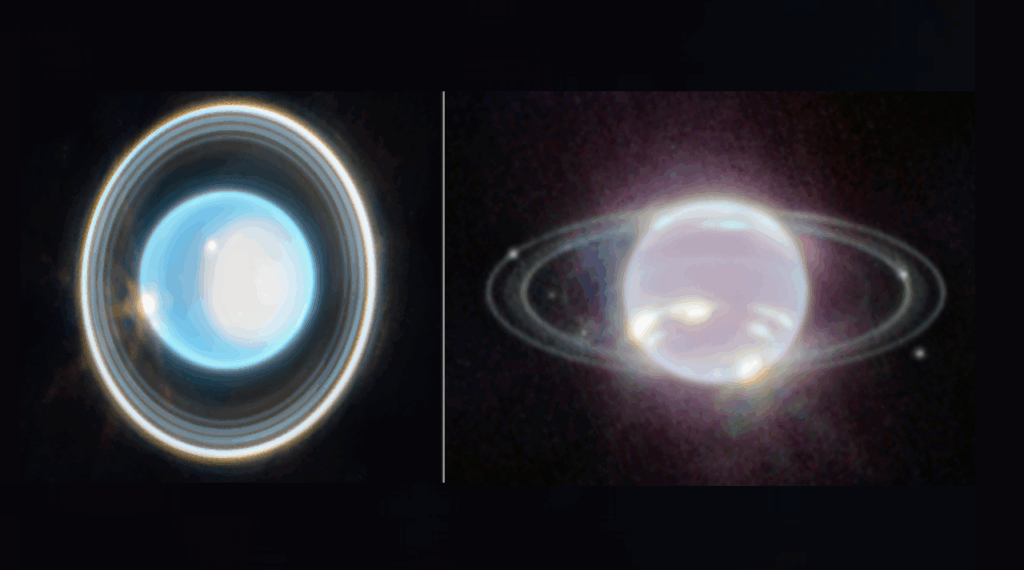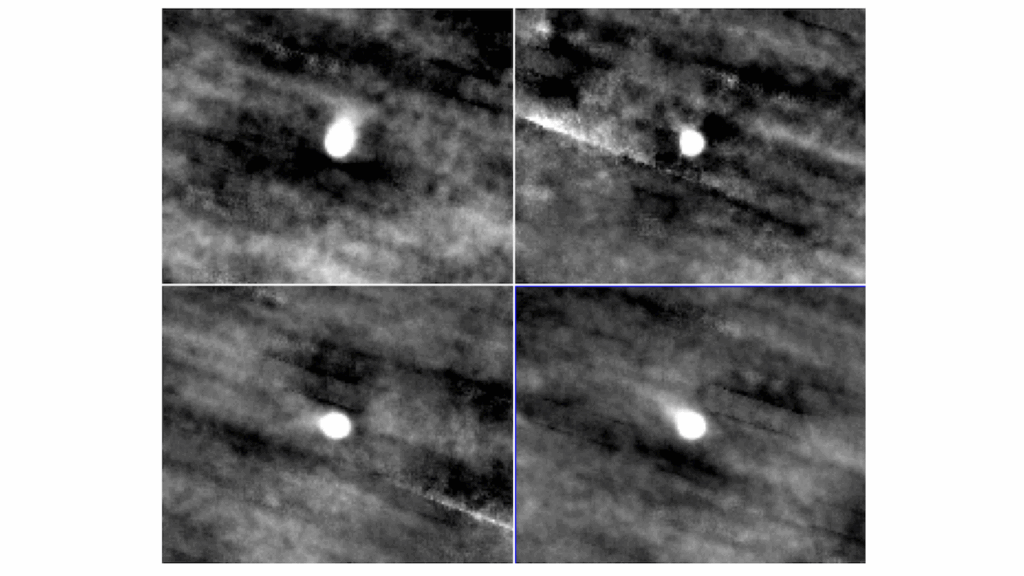Refining the WASP-132 Multi-planetary System: Discovery of a Cold Giant Planet and Mass Measurement of a hot Super-Earth

Hot Jupiters generally do not have nearby planet companions, as they may have cleared out other planets during their inward migration from more distant orbits.
This gives evidence that hot Jupiters more often migrate inward via high-eccentricity migration due to dynamical interactions between planets rather than more dynamically cool migration mechanisms through the protoplanetary disk.
Here we further refine the unique system of WASP-132 by characterizing the mass of the recently validated 1.0-day period super-Earth WASP-132c (TOI-822.02) interior to the 7.1-day period hot Jupiter WASP-132b. Additionally, we announce the discovery of a giant planet at a 5-year period (2.7 AU).
We also detect a long-term trend in the radial velocity data indicative of another outer companion. Using over nine years of CORALIE RVs and over two months of highly-sampled HARPS RVs, we determine the masses of the planets from smallest to largest orbital period to be Mc = 6.26+1.84−1.83 M⊕, Mb = 0.428+0.015−0.015 MJup, and Mdsini = 5.16+0.52−0.52 MJup, respectively.
Using TESS and CHEOPS photometry data we measure the radii of the two inner transiting planets to be 1.841+0.094−0.093 R⊕ and 0.901+0.038−0.038 RJup. WASP-132 is a unique multi-planetary system in that both an inner rocky planet and an outer giant planet are in a system with a hot Jupiter. This suggests it migrated via a more rare dynamically cool mechanism and helps to further our understanding of how hot Jupiter systems may form and evolve.

Mass-radius diagram of small exoplanets with precise densities (σM/M ≤ 25% and σR/R ≤8%) from the PlanetS catalog (Otegi et al. 2020). The red stars correspond to known small planets (R < 4 R⊕), with precise radius and mass measurements, that have a hot or warm Jupiter companion (R> 0.8 RJup). Orange dots are planets in multi-planet system of all kinds. Grey dots are planets in single-planet system. Composition lines are displayed for pure-iron (brown) and Earth-like planets (light-brown). — astro-ph.EP
N. Grieves, F. Bouchy, D. J. Armstrong, B. Akinsanmi, A. Psaridi, S. Ulmer-Moll, Y. G. C. Frensch, R. Helled, S. Muller, H. Knierim, N. C. Santos, V. Adibekyan, M. P. Battley, N. Unger, G. Chaverot, L. Parc, D. Bayliss, X. Dumusque, F. Hawthorn, P. Figueira, M. A. F. Keniger, J. Lillo-Box, L. D. Nielsen, A. Osborn, S. G. Sousa, P. Strom, S. Udry
Comments: 19 Pages, 15 figures, in review process with Astronomy & Astrophysics
Subjects: Earth and Planetary Astrophysics (astro-ph.EP)
Cite as: arXiv:2406.15986 [astro-ph.EP] (or arXiv:2406.15986v1 [astro-ph.EP] for this version)
Submission history
From: Nolan Grieves
[v1] Sun, 23 Jun 2024 02:38:47 UTC (4,696 KB)
https://arxiv.org/abs/2406.15986
Astrobiology,








